If you've ever spent the day with a toddler, you know it is an emotional roller coaster! Toddlers are working hard on understanding their big emotions and changing moods, while parents and other caregivers want to find ways to help children with their social-emotional development. Reading children's books about feelings written just for toddlers is a great place to start!
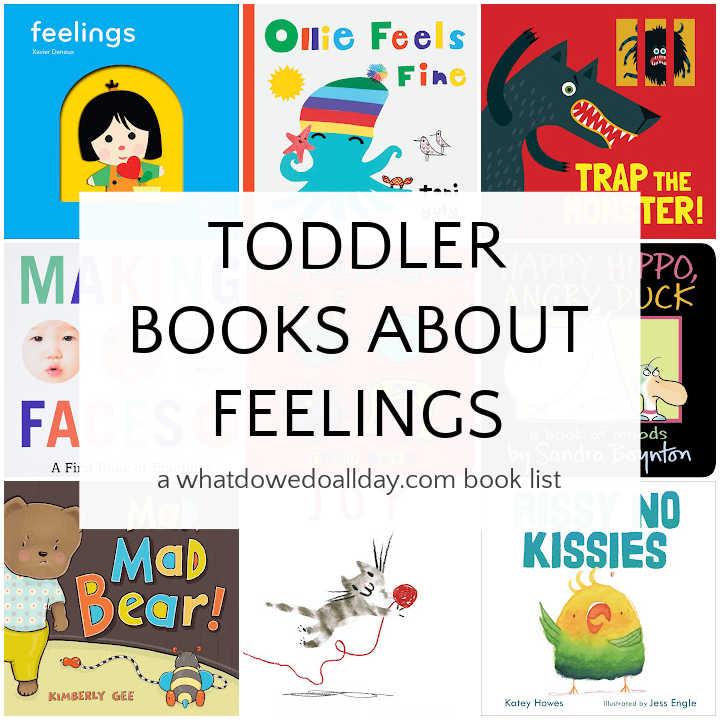
This list of books about feelings for toddlers designed specifically for short attention spans! These board books will help toddlers identify emotions and navigate complex feelings like anger, joy, sadness, frustration, anxiety and fear. Only when they are able to describe their feelings will toddlers learn to express control them appropriately. It's a long journey, but well worth it to help little humans grow up with the emotional intelligence they need to be successful big humans!
Note: this list contains Amazon and Bookshop affiliate links. Purchases made through these links may earn a commission for this blog. Bookshop also supports independent bookstores.
Feelings Books for Toddlers
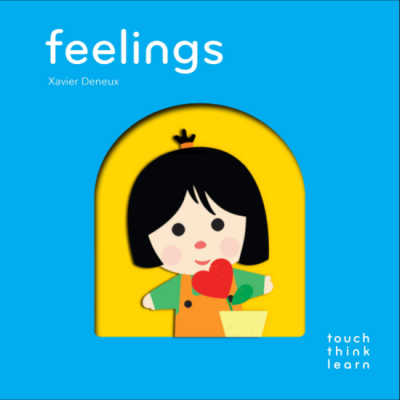
FEELINGS by Xavier Deneux
Toddlers learn best when they interact with books and this title from Deneux's TouchThinkLearn series is perfect for teaching toddlers about feelings! Each page spread includes a boldly colored, indented die cut, offering a tactile experience along with a cluster of words. For example, sadness is a melting snowman and children can reach out and touch a bumpy, dripping melting snowdrop; a large yellow sun invites kids to contemplate words like "happiness, delight, cheer."
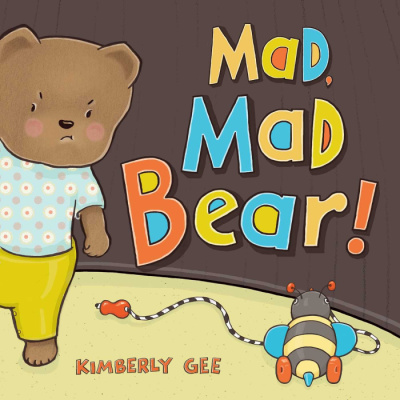
MAD, MAD BEAR by Kimberley Gee
It's never too early to help children learn to recognize, name and process their feelings. This charming, age appropriate book does just that for the big scary emotions of anger and frustration. Bear is very mad because he had to leave the park early. When he gets home he still has trouble coping with his big feelings, sending him into a meltdown, but with some help he breathes, has a snack and a rest, eventually coming out on the other side.
MORE: Books for 2-year-olds that are new to you!
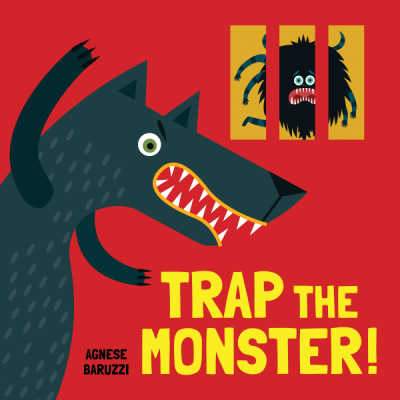
TRAP THE MONSTER by Agnese Baruzzi
Trap the Monster is a clever board book to help young children think of tactics to deal with their fears and worries in a healthy way–by using their imagination! Each page introduces a new monster, "If you are afraid of the big bad wolf.." and tells the reader, "Turn the page..." Turning the page reveals a method of entrapment accompanied by praise. For example, "Good Job! You sent it to jail!" Different die cut pages give clues as to the trap so kids can guess how they would like to deal with the monster. Great fun!
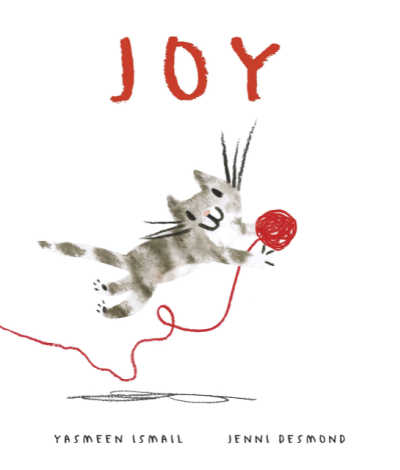
JOY by Yasmeen Ismail
With wonderful, boisterous, onomatopoetic language, readers will feel the joy as they watch a cat play with its ball of yarn. “Shake, rattle and roll, this happy soul!” But then! Oh, no! A dog accidentally knocks him down the stairs, "Oh, no. This is bad, I feel sad." Fortunately, the solution to bumped feelings is right at hand. Some squeezes and kisses from mama tell little ones that loved ones are always ready to soothe their difficult feelings.
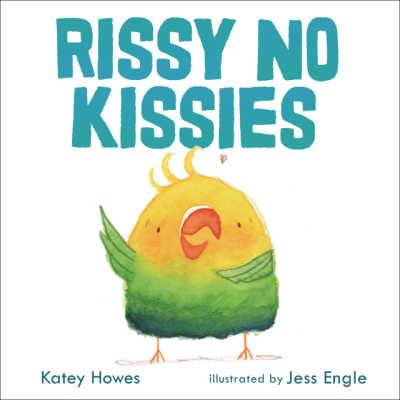
RISSY, NO KISSIES by Katey Howes, illustrated by Jess Engle
Rissy No Kissies teaches kids to identify feelings about physical contact with others. Rissy comes from a family of lovebirds that love showing affection to one another, but Rissy is not so keen on all the physical attention. She wonders if she is normal, but receives reassurance from her mother that her need for physical boundaries is totally okay. This is a great book for helping kids cope when they think they have different feelings than the ones they are "supposed" to have.
MORE: Books about consent for kids

HAPPY HIPPO GRUMPY DUCK by Sandra Boynton
Is there any book by Boynton that is not amazing? It's hard not to smile when you read her books. I can still recite many of them by heart. In this toddler book about feelings, Boynton's text asks the reader if they identify with any of the animals, "Grumpy as a moose? Excited as a dog? Worried as a rabbit?" At the end there is a gentle reminder that moods come and go, unless, of course, you are the duck, "He's always this way." Also available in Spanish.

OLLIE FEELS FINE by Toni Yuly
This brightly illustrated book helps toddlers navigate a day filled with lots of feelings and emotional ups and down. Little listeners will love watching Ollie's eyes and tentacles express how he is feeling. The simple text gets right to the point, "Ollie feels grumpy," and readers scan the illustrations for what's causing Ollie's mood swing. He's nervous around the shark, or surprised by a big wave. This lovely little book doesn't forget to remind toddlers that a person (or octopus) can even feel lots of conflicting emotions at once.
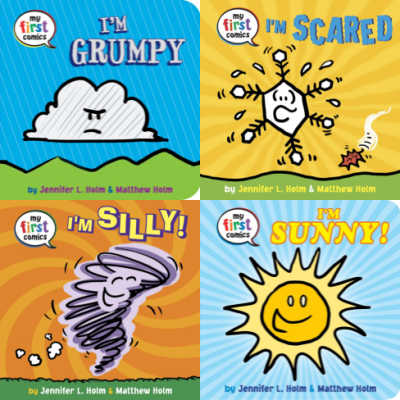
MY FIRST COMICS SERIES by Jennifer L. Holm, illustrated by Matthew Holm
Find it: Amazon | Penguin Random House
This series of board books is a great choice for toddlers who are already big bookworms and love to engage in conversations about what they see happening on the the page. Each of the four titles gives caregivers a way to expand upon events which may evoke an emotional response in toddlers and the actions they might take. For example, in I'm Grumpy, after a cloud drops his ice cream cone, the sun tries to cheer him up. That effort fails and the cloud becomes a storm, no doubt a metaphor for throwing a tantrum, which eventually leads the cloud to apologize to the sun.
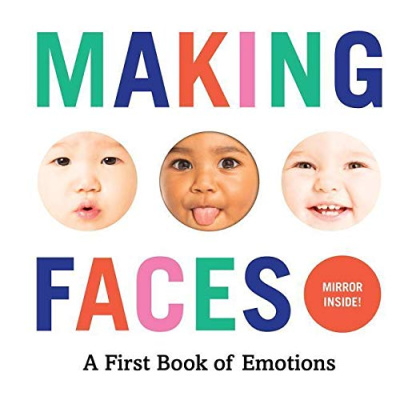
MAKING FACES photographs by Molly Magnusson
Making faces is another great board book with photographs to draw in your little one. The text and photographs of diverse facial expressions teach five different emotions–happy, sad, surprised, silly and angry. The text prompts grown-ups to interact with their child and the book includes a mirror so babies, toddlers and preschoolers can see their own faces.
MORE: Toddler Books I'll Miss Reading
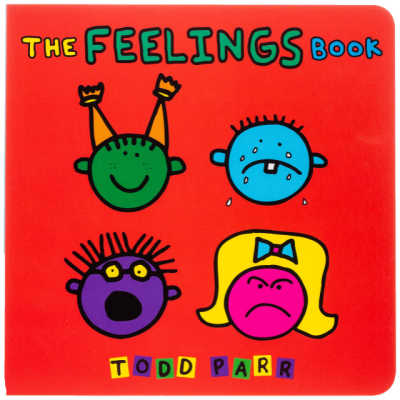
THE FEELINGS BOOK by Todd Parr
Does Todd Parr have a book for everything? Short answer: yes. With his characteristic illustrations filled with multi-colored children, Parr helps toddlers identify how they are feeling and normalizes emotions ranging from happiness to grief. The book ends with an on-point message that no matter how they feel, kids should feel free to share their feelings with someone they love.



Leave a Reply